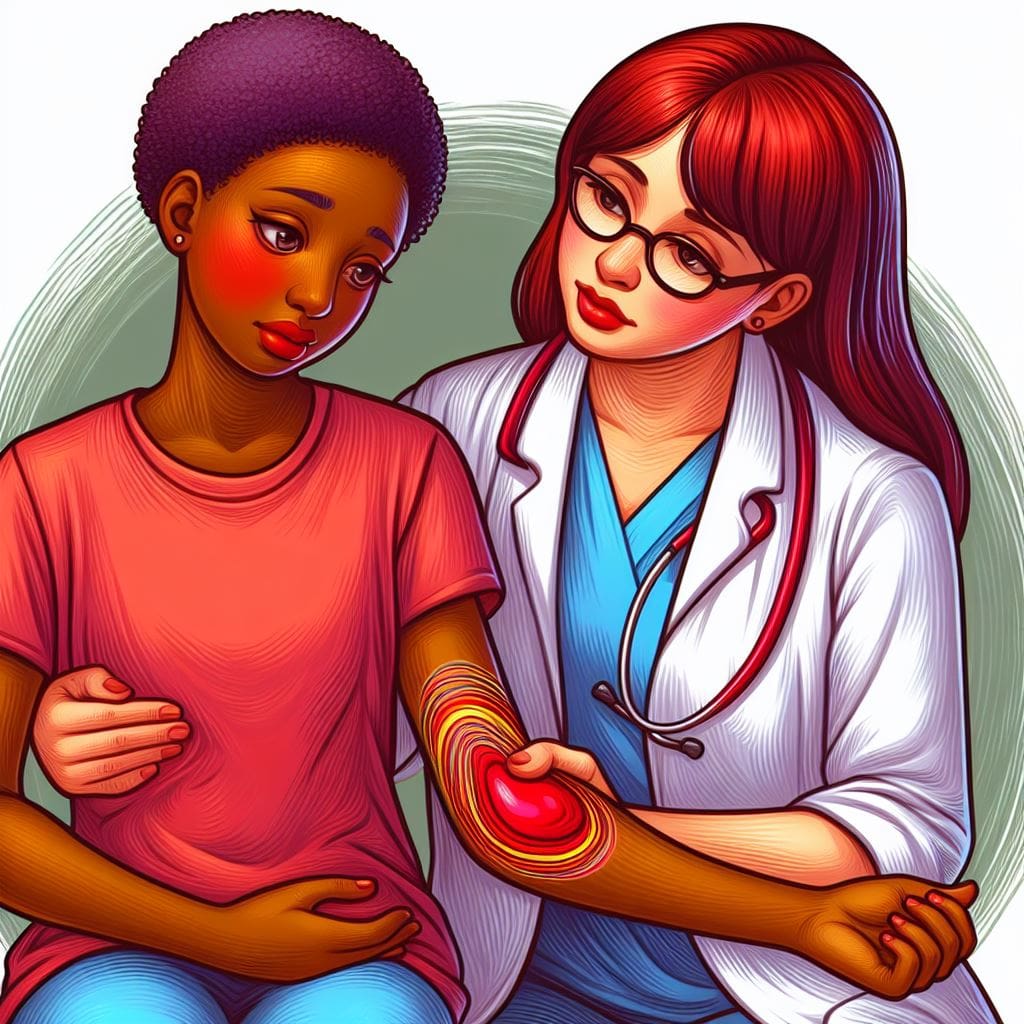
Sickle cell disease is a recessive genetic disorder that occurs when an individual inherits two abnormal hemoglobin S genes – one from each parent. Individuals who inherit one abnormal gene and one normal gene carry the sickle cell trait and are generally asymptomatic carriers. The name may sound unfamiliar, to some set of people who are illiterate, a whispered tragedy confined to certain communities. Yet, sickle cell knows no geographical boundaries. It thrives in the shadows, its warriors battling pain, discrimination, and a healthcare system often ill-equipped to understand their struggles.
Awareness is the key to the shining light of sickle cell. We can educate the people in our communities and also empower a carrier of sickle cell for the path of a brighter future, its complexities, celebrating its resilience, and urging action for a more equitable tomorrow.
Importance Of Early Awareness
- Early Diagnosis and Intervention: early diagnosis allows medical intervention that can significantly improve the quality of life for individuals with the disease.
- Reduce stigma and discrimination: The awareness of this disease helps to dispel misconception and reduce stigma and discrimination against individuals affected by the disease.
- Prevention and Genetic Counseling: Awareness can help individuals about the genetic nature of sickle cell encouraging the youth before getting married. understanding the risk of passing the disease for the generation to come and also inform them on the choice they make
- Improving Healthcare Access: The awareness can initiate and improve healthcare infrastructure and accessibility for those with sickle cell disease and also public awareness in all our communities.
- Newborn Screening: The symptoms of sickle cell anemia usually appear around 6 months of age. It varies and may change from person to person and may also change overtime. and some of the early awareness is anemia, fatigue or tiredness , also crisis in different parts of the body like swollen feet and hands delayed in growth of the baby.
- Regular Monitoring and Follow-up: People with this disease needs adequate monitoring and identify and address complications early which include routine checkup and development in children and monitoring of anemia and organ dysfunction.
PREVENTION OF SICKLE CELL
- Autosomal Recessive Inheritance: It means that both parents must carry a mutated gene for the child to be affected. If both parents are carriers there is 25% percent that for every pregnancy that the child will have sickle cell disease and 50% chances of being a carrier and 25% of not inheriting from the parent gene at all.
- Pre-Conception Counseling: it allows individuals to carry out a test for sickle cell trait before getting pregnancy this will enable couples to make decisions about family planning and explore other options like ivf or adoption.
- Carrier screening during pregnancy: carrier and screening can be carried out during pregnancy, this will enable the couples to know the risk of having a sickle cell child and also can guide them for prenatal testing and intervention.
- Genetic Counseling and Carrier Screening: Is the fundamental component of preventing sickle cell . In particular , families that have a history of sickle cell can also benefit from genetic counseling about inheritance patterns of the disease and assess their own risk of being carriers.
Treatment Of Sickle Cell
1 Medication: Medication can be used to manage the disease and prevent complications from occurring in the future , medication like L-glutamine oral powder Hydroxyurea pain relieves folic acid etc.
2 Blood Transfusion: It is used to treat severe anemia and prevent complications associated with sickle cell anemia. Blood transfusion can also help to elongate the red blood cell and improve the blood flow in the system.
3 Stem Cell Transplant: Is a procedure that replaces the bone marrow of an individual with sickle cell anemia with a healthy bone marrow from a donor. stem cell transplant is also reserved for children and teenagers with severe sickle cell anemia and have a matched donor.
4. Access to Treatment: Ensuring universal access to effective treatments remains a challenge, particularly in some urban settings. Efforts to address healthcare disparities and improve access to essential treatments are crucial for enhancing outcomes.
5. Holistic Patient Care: Is the approach to patient care which includes addressing not physical aspects of the disease and also psychological and social dimensions. Supportive services, including mental health care and community resources, play a vital role in improving overall well-being.
Conclusion: The treatment for this disease has a significant offering of options aimed at managing symptoms, preventing complications, and, in some cases, providing curative potential. From supportive care measures to disease-modifying therapies and emerging treatments, ongoing research continues to shape the future of sickle cell disease treatment. As we strive for better outcomes and improved quality of life for individuals with SCD, a holistic and patient-centered approach that considers both medical and psychosocial aspects remains paramount. The collaboration of healthcare professionals, researchers, and the global community is essential for addressing the challenges and advancing the field of sickle cell disease treatment.



